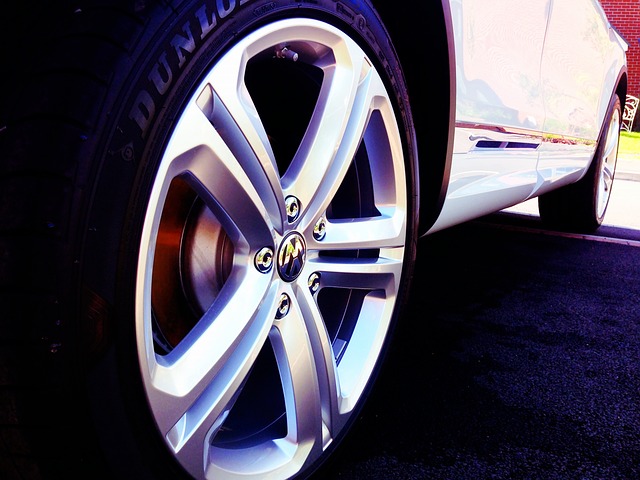6 Tyre Tips You Need To Know
Everyone should keep their tyres in good condition if they want to be able to travel without undue risks on the road. This is especially so if you are driving friends and family around in your car. However, you should not put off following the sort of tyre safety tips that are outlined below until you make a journey with passengers. Remember that well-maintained tyres could help save your life as well as those around you at any time!

One – Flat Tyres
Under-inflated tyres are a huge problem for many motorists. Some don’t even notice their tyres are flat when it is possible to see them sagging down. Pump up your tyres the next time you fill up with petrol. The correct pressure will be displayed in your owner’s manual. Not only will doing so help you to be more efficient on the road, but it will help you to stop more rapidly when needed.
Two – Over-Inflated Tyres
You might have pumped your tyres up for a particular reason, but driving around on over-inflated tyres is just as bad as doing so on flat ones. Unlike a flat tyre, which squashes down onto the tarmac, an over-inflated one will bow out. This affords you less traction on the road and means you cannot corner as safely as you should.
Three – Bulging Tyres
Tyres with bulges in them are not necessarily illegal to drive on – you might have plenty of tread depth left. However, bulges are a sure sign that the compound that the tyres are made from is ageing. If so, then a bulging tyre could blow at any minute. Change yours immediately if you spot bulges. One place for replacements to bulging tyres is Point S where you can find car tyres in UK quickly by locating a dealer in your location.
Four – Mismatched Tyres
You don’t need to travel with all four of your tyres made by the same tyre manufacturer. Nor do you need to change them all at the same time. Front-wheel drive cars tend to have tyres at their front wear out a bit quicker than rear ones, for instance. However, you cannot fit any tyre to your car that you like. By law, each tyre – including the spare – must be rated as appropriate for your model.
Five – Bald Tyres
If a tyre is bald, then it is dangerous to drive on. Nevertheless, tyres with a low tread depth are becoming increasingly problematic from a traveller safety point of view. Check your tyre’s tread with a gauge so you can tell when yours are approaching the end of their lives. Exchange them for new ones well before you are compelled to by the law and stay safe!
Six – Winter Tyres
If you intend driving on snow and ice, for example by heading into mountainous terrain, then fit winter tyres to your car. These offer more grip and are better at handling sub-zero temperatures than conventional tyres. They have little sipes on them that help you to maintain control when driving in hazardous conditions.
You May Also Like

Family Holiday in Borth – Wales
September 10, 2013
Easy walking routes up Blencathra
July 13, 2020